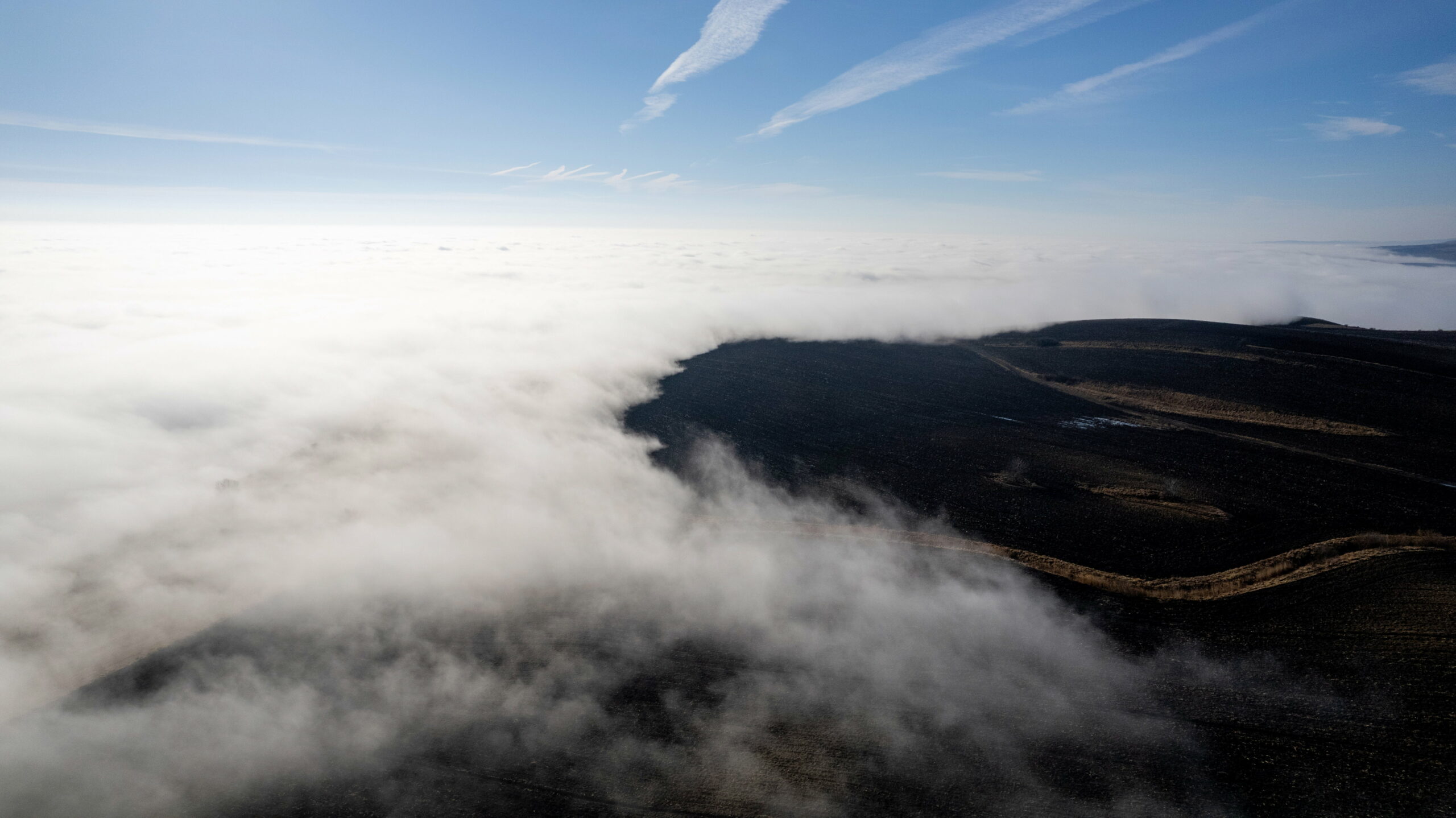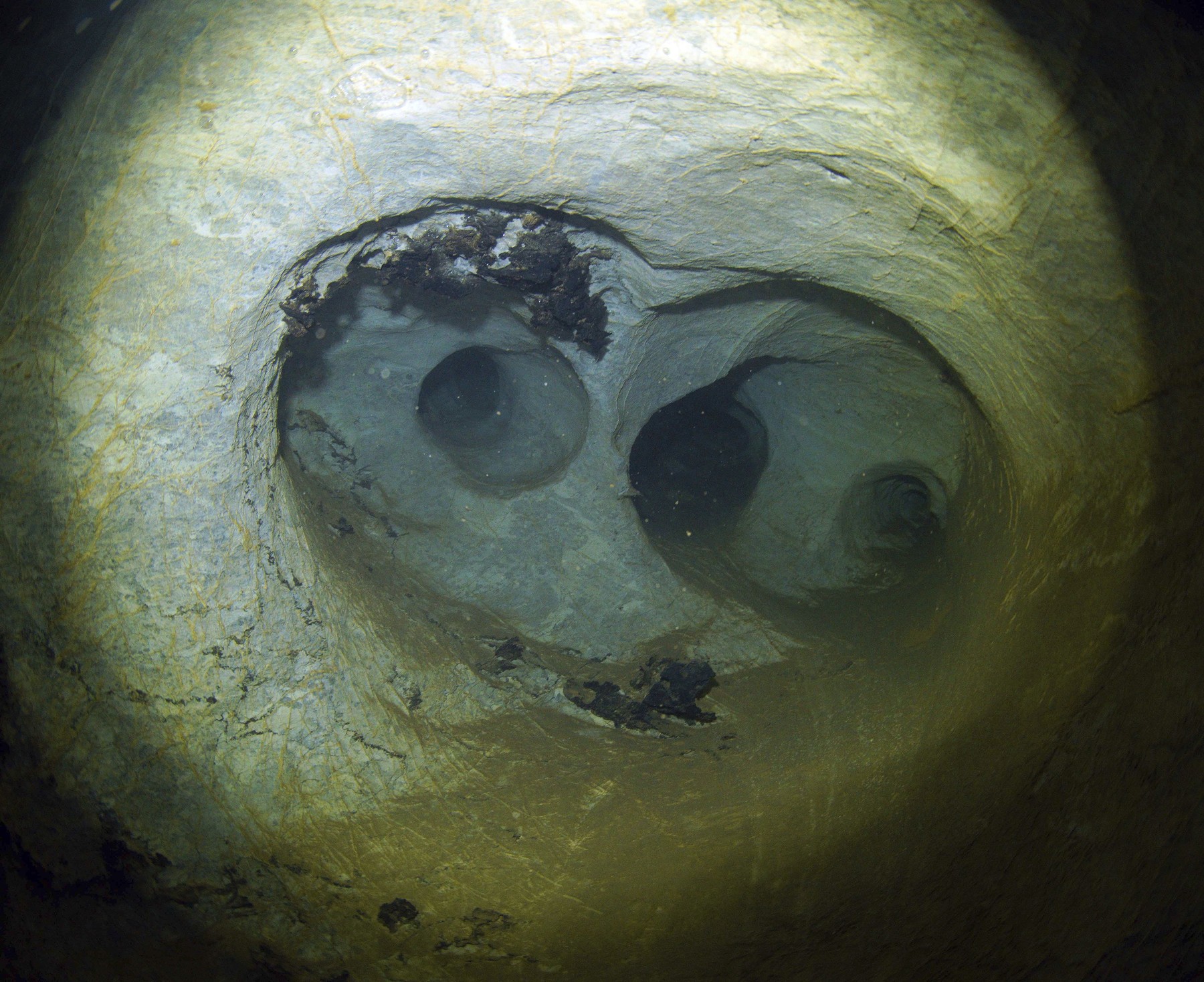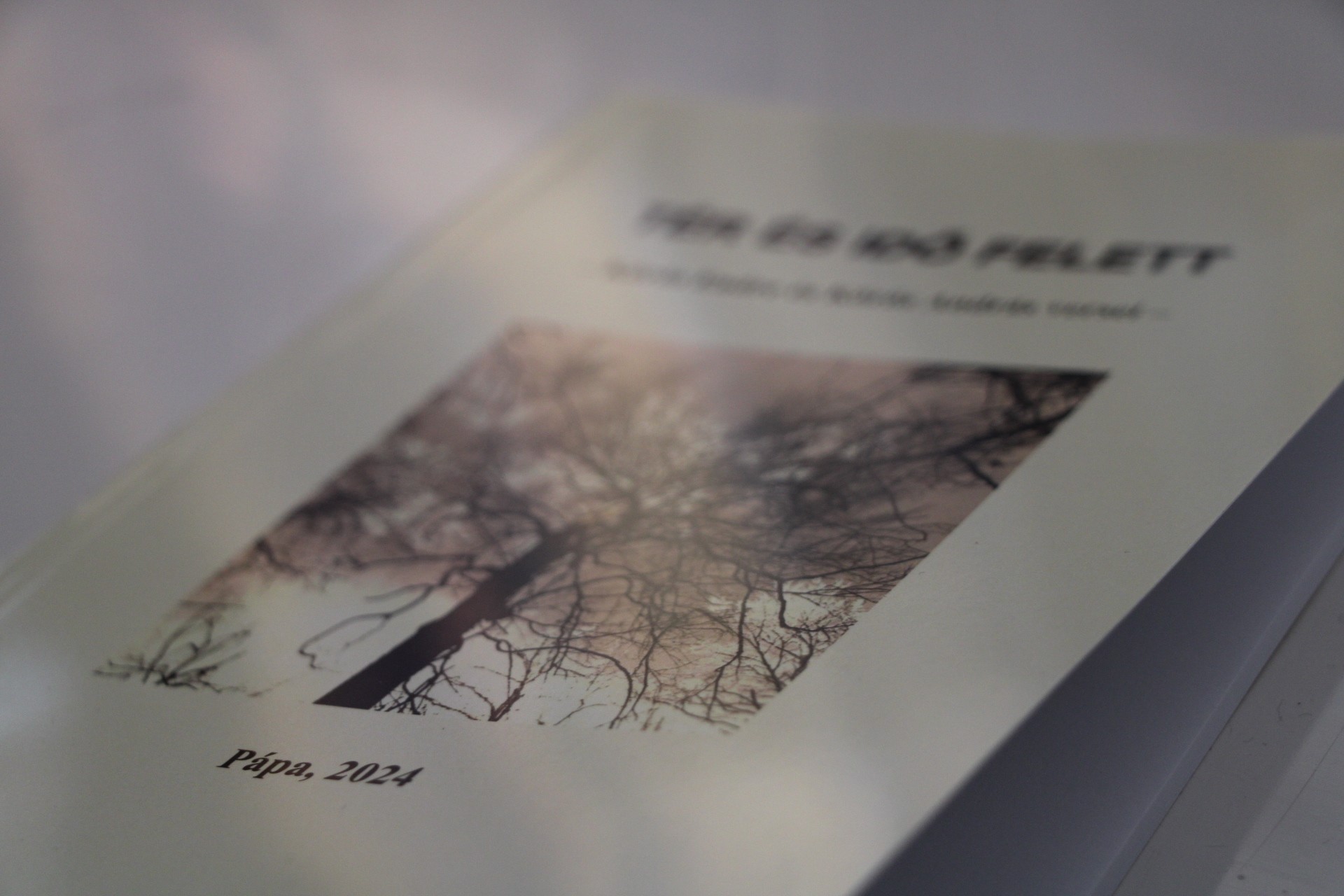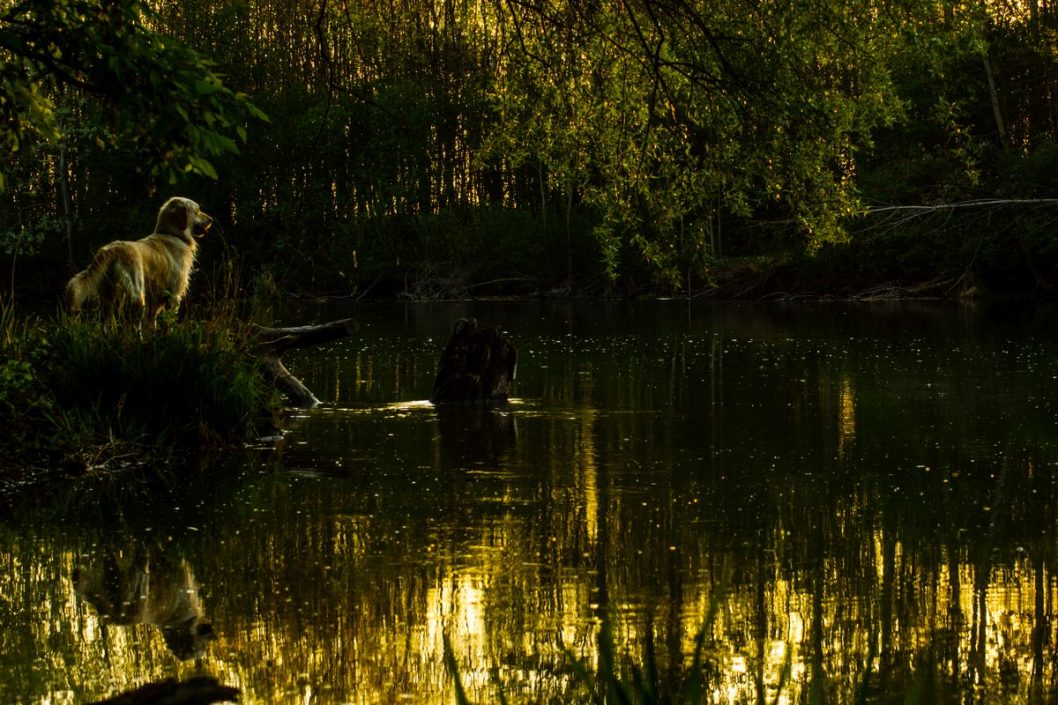I visited the northwestern corner of Gyr-Moson-Sopron, that is, the little plain, more precisely the small area bounded by the Danube and Mosoni Danube, until the end of each trip. Although I, like others, learned in a geography lesson: Hungary’s largest island lies in the arms of both branches of the Danube. But it wasn’t just its size and romantic charm that fascinated this area.
The castle is the symbol of Mosonmagyaróvár and also the oldest monument in the city.
Source: Stephen Sarrosi
Compared to an area of only 375 km2, (52.5 km long, 6-8 km wide, 110-125 m high) Szigetköz has amazingly diverse natural and cultural treasures. I began my discovery by mapping the geological background. Tamas Tachner, a certified tourism organizer and geography teacher, and Erica Tachner Schmidt, a certified economist, have been a great help with this: Inventory of the value of tourism and environmental education Szigetköz The study, from which I learned that the place “originated 2.5 to 3 million years ago, when the ancient Danube flowed into the former basin of the Pannonian Sea. The water built islands and reefs out of silt. The flow of water from the Alps slowed as it reached the plain, leading to sedimentation.” siltation, thus filling the former eight basins. Thanks to the action of water, a diverse river course system was developed. The history of the area dates back to the nineteenth century. It acquired its present form during the organization of the river in the nineteenth century.”
Then the authors add: The deep Pannonian layers contain high-temperature thermal waters. As we can see, water was constantly present and dominating the area, which affected the way of life of the local population – sometimes, unfortunately, even with floods. The last time the rivers were flooded was in 1954, when most parts of Zygtkoz were inundated. Then the area was rebuilt.
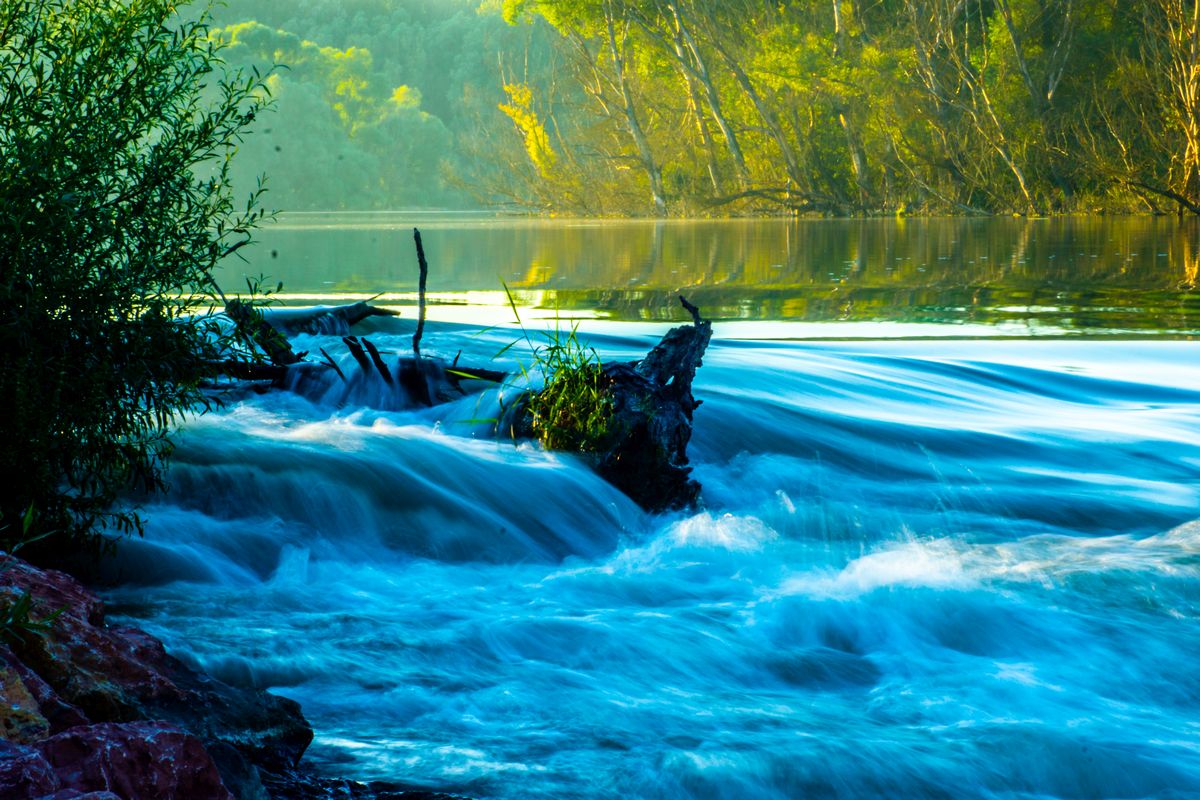
Minimal estuary of the Raro Mineral River. If we think of the Szigetköz branch system as a bathtub, then the point is the drain. From here the water reaches the main branch of the Danube in the direction of Gyor.
Source: Stephen Sarrosi
It’s no different in my home country, along the Tessa river, except that the water level there is not very hectic. By this I mean, it’s also surprising that I encounter different levels of water at different times of the season at the same point. With a little follow-up, I discovered that this is not a tidal phenomenon in the Carpathian Basin. Rather, it is about managing rivers with artificial dams, closures and gorges (dams) to prevent a repeat of the disaster of 67 years ago. The simplest way to imagine Szigetköz from a water management point of view is as a bathtub: in the northwest (from Rajka, from the direction of the Slovak-Austrian border) there is an inflow, while in Ásványráro there is an outlet and a drain. Thus, the excess water can be drained in the direction of the Gyor without any problems, or the small water level can be inflated due to the mobility.
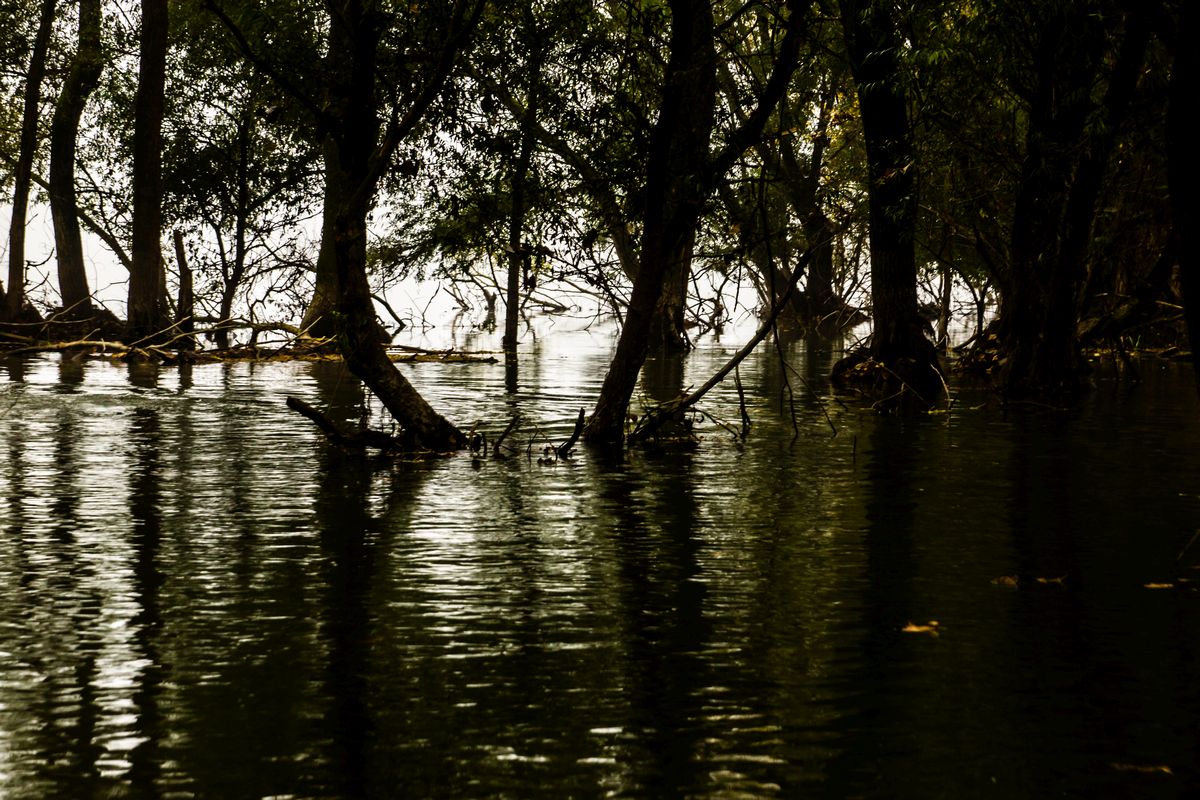
The Zátonyi-Danube branch is located near the mineral crater, where in the mists you can wander more romantic and mystical waterways by canoe, kayak or boat.
Source: Stephen Sarrosi
The lives of our ancestors were already determined by this special environment. Due to the very swampy age, several nations withdrew from settling here during the Migration period (around the 4th-6th centuries AD). Hungarians were the first permanent residents. Their houses are built exclusively on heights, while gardens are built on slopes. On the other hand, what proved to be a disadvantage in the countryside also became an advantage, as inaccessible homes and swampy areas provided protection and isolation, as the locals relied on themselves.
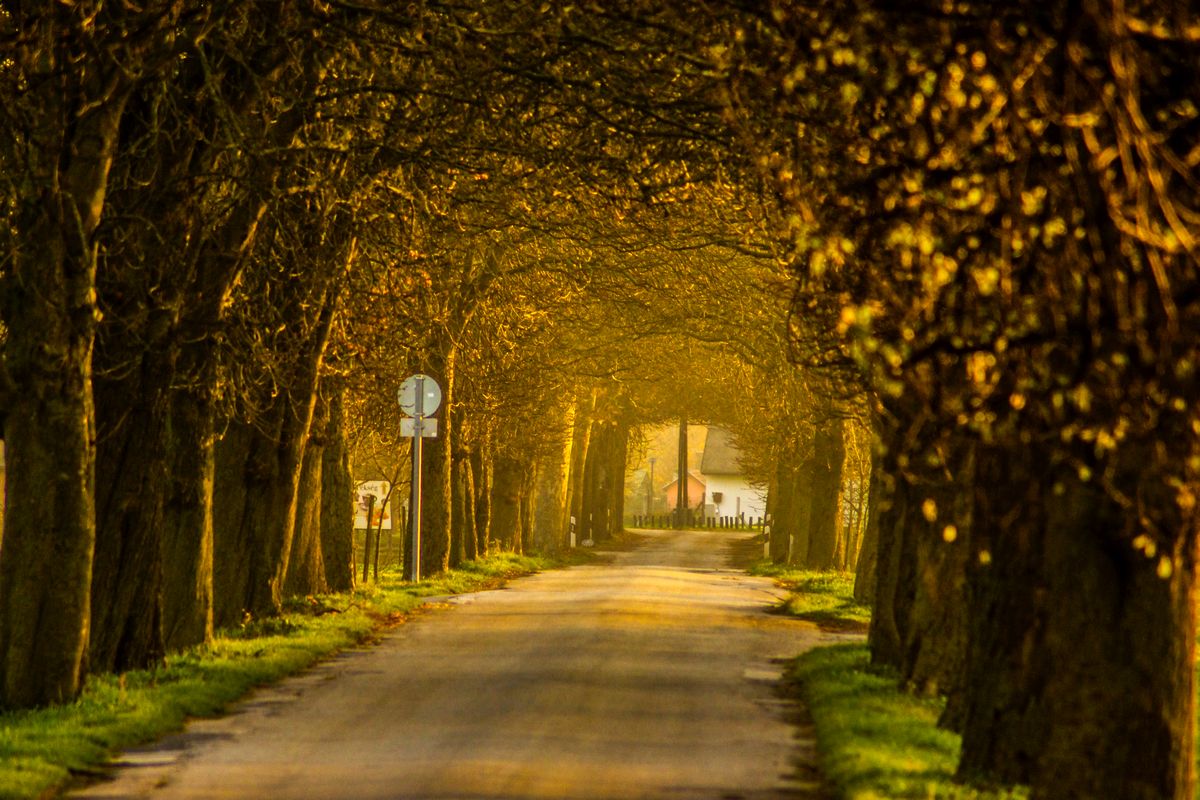
Lipót and Darnóselel are associated with a protected row of horse chestnuts. The length is 2800 metres. Some eastern plane trees can also be seen in allele. Protected value of local importance.
Source: Stephen Sarrosi
Once, as far as they know, related families built their homes close to each other and fished together – that is, they formed hunting bushes. In a single-trunk ladik, they said, they were in a cruise ship carved from a thick tree trunk. One or two hedge houses stood here in the 1920s. They hedge the fence with mud and mud, which was washed away by the flood, but the house remained standing. Its windows were placed low so that water could flow inside as easily as possible during a flood. Meanwhile, family members gathered together in the attic. Since waters flooded pastures almost every year before regulation, fishing was easy: fish from pits were caught almost by hand. The scales were taken not only to neighboring markets, but also far from them: to Bratislava, Vienna and Buda. The most popular fish were pike, water, catfish, perch, barbel and carp.
















